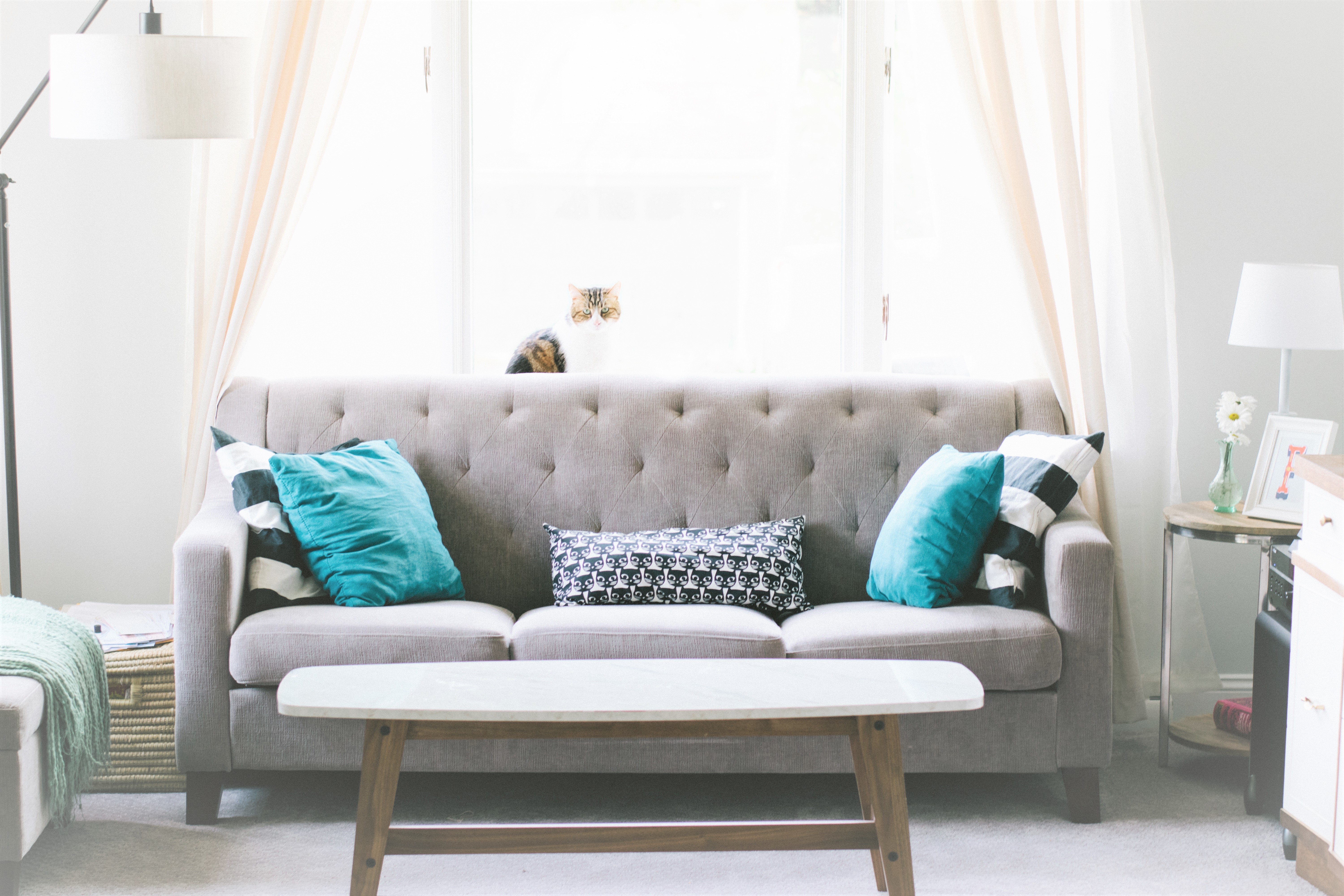Have you ever felt dissatisfied with a space in your home, but aren’t quite sure why? You’d like to re-do it, but don’t know where to begin, because it isn’t clear exactly what’s wrong: is it the layout? The wall colors? The decorations? Whatever it is, it just isn’t working for you.
Before spending a load of money experimenting with throw pillows and new art, let alone expensive furniture or wall removal, there’s one essential design question to ask yourself.
What is the purpose of this space?
If you don’t know what you want the space to do for you, it’s hard to know how to make it work.
I recently found myself helping a friend in this situation. Her family had relocated and they were still trying to figure out if they liked the way they had set their living room up when they first moved in. The wall colors and curtains had come with the house; all the furniture and decorations were theirs. Did it all work together? My friend wasn’t sure why the room just felt a bit “off.”
After we talked through what she liked and didn’t like about the space, I asked: what do you want to use this room for? How do you want it to serve your family?
She wasn’t quite sure, and that was the problem.
Their house also had a small room nearby that was set up as a kind of office, but she wasn’t able to use it very often because her preschooler’s toys were all in the living room, and she spent her mornings home with her daughter. She wanted her older kids to read the many books on the bookshelves that were in the office, but they never really went in there, despite the comfortable chair and lamp she had set up as a reading corner. Yet they could regularly be found curled up with a book on the window benches in the living room.
I asked her to imagine an ordinary day. What did she use each room for? What did she wish would happen in each room?
In the mornings, she would wake up early and sit in the quiet of the living room by the fire to pray. She wanted to spend time with her preschooler after the older kids had left, but she also hoped to get a bit of work done, which wasn’t happening as they sat in the comfort of the living room to play. She wanted that room to be a space for the family to gather calmly in the evenings, but it often turned into chaos as the kindergartener played noisily with all the preschooler’s toys, distracting the older kids from their homework.
As we talked through her hopes, we made a plan for the living room based on its function: a space for family gathering that fostered prayerfulness, peace, and togetherness, whether or not everyone was doing the same activity.
The office, on the other hand, she wanted to function as an office, primarily for herself, but somewhere her preschooler would like to be in.
We moved the bookshelves into the living room, and the toys into the office: the simple switch changed not only the function, but the “feeling” of each room. Having the bookshelves in the living room created a slightly more “serious” feel to the room, while putting the toys in the office allowed it to become a space for my friend and her little girl to “work” together during the day. In the evenings, the family could gather in the living room for talking or reading or homework, but not loud, distracting play time. The large bookshelves become a visual focal point in the room which helped tie everything together.
My friend didn’t have to spend lots of money redecorating or buying new furniture; she just needed to figure out the purpose of each space. Then she could make it work for her.
Your home exists to serve you and your family; not the other way around. If it isn’t working for you, the first step is to ask what each space is for. How can it serve you better?
The purpose of a space is broader than its strict “functionality”: the function of the kitchen might be to help you feed yourself and others, but it can also serve as a place for gathering and talking through the day as you chop carrots and wash plates; or perhaps, a place of retreat where you can take a minute to breathe and hear your own thoughts behind the calm of running water and simmering stew. The purpose you want your kitchen to serve will guide you in everything from where you keep the cutlery to the color of your stand mixer.
When thinking about the purpose of a space, ask yourself: what activities happen here? What activities do I want to happen here? How do I want someone who walks into this space to feel? What do I want them to notice first? What do I want this space to evoke or encourage in someone who is in it?
If you aren’t sure about how to make your home serve you well, get in touch! I’d love to help you find the purpose of that space that just isn’t working for you.






